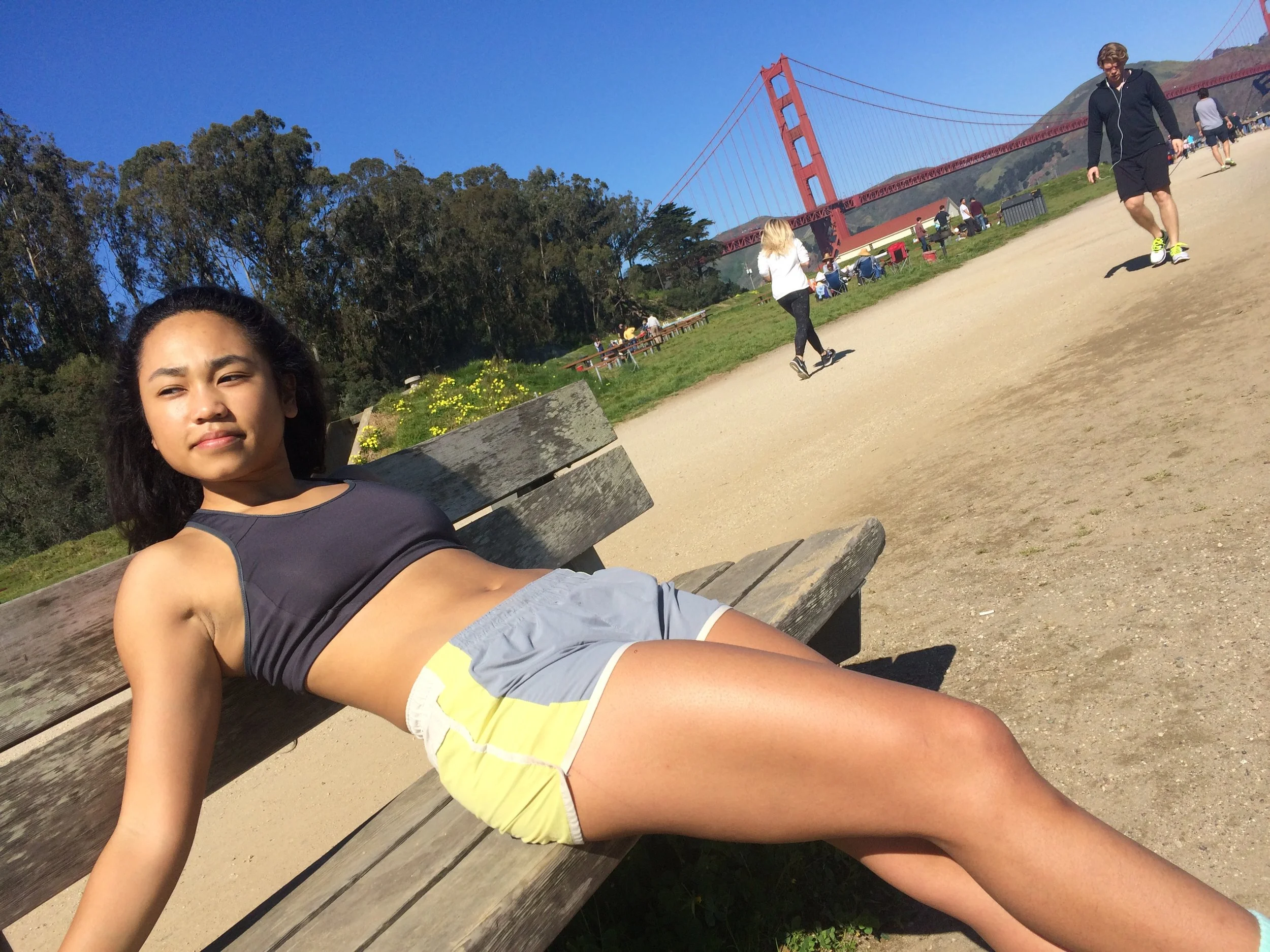Master Morning Workouts
Tips to Starting Your Day Strong.
Pictured below is how I often feel after a good morning workout.
A lot of people seem impressed when they see that I work out before work- at 5 or 6am. I don’t think I’m any better than anyone else for being an early bird- it’s more of me trying to anticipate my own vulnerabilities. Knowing myself- I know I may feel tired after work, or eat something suboptimal too close to gym time- so working out first thing in the morning ensures I’m not affected by either of these!
Studies have shown performance benefits for working out in the late afternoon, but a lot of us are just trying to get our workout in before work or school days take their toll.
Besides getting rid of your worry about energy drain and specific meal timing throughout your day, morning workouts are beneficial for:
- Providing you with a sense of accomplishment because- YOU DID THAT!
- Subsequent energy levels: This varies from person to person, but anecdotally, many people report feeling energized throughout the rest of their day - after getting more than the orange juice flowing in the morning.
- Establishing Habits: If theres constantly a reason for you not to work out when you’re done with classes/work- getting into a regular routine is difficult. Getting it done in the morning avoids potential interferences.
My Tips
Sleep in your workout clothes.
Not only is sleeping in your workout clothes a tangible sign of your commitment, it makes your morning routine one step shorter. It’s hard to turn back when you go to sleep looking this determined.
Minus the sweat of course, save that for the morning.
But really, Sleep.
Despite wanting to wake up an hour earlier, you’d be surprised how many people don’t go to bed one hour earlier. Sleep has been shown to have a strong effect of athletic performance, so even if you manage to get up after a few hours of sleep- you won’t be maximizing your gains!
Warm up
As you may have noticed, the preparation for a morning workout is both physical and mental. Warming up not only prepares your body to move optimally, but it could help ease you out of any early morning grogginess or grumpiness.
-
Set a few alarms
If you are as hard a sleeper as I am a light sleeper- one alarm will simply not do. Know yourself. If you and the snooze button are on particularly good terms, have another alarm or 3 lined up to break up this destructive relationship.
Have a plan.
What are you going to do once you make it outside/to the gym? How many miles are you going to run? Are you going to set a new PR on your back squats? Or just make more progress in the workout program you’ve been trying out. Keeping this purpose in mind will give you something to look forward to and make sure that none of that hard-earned morning hour is wasted. Feel free to check out my 8 week-program if you need a place to start.
Find a buddy
Don’t you hate leaving your friends hanging? We have other concerns if you didn’t say “yes”, but in my experience, having a gym date is one of strongest incentives for getting to the gym early. You aren't the only one that misses out if you don’t follow through with the morning workout- but you have a whole ‘nother person for keep your accountable!
If you follow all of these steps and still can’t get your morning workout in... try lunch time! A workout later is definitely better than no workout, and sometimes better than a morning workout if that’s your jive! Tests these tips out if you’re trying to get into a morning routine and let me know how it goes!










